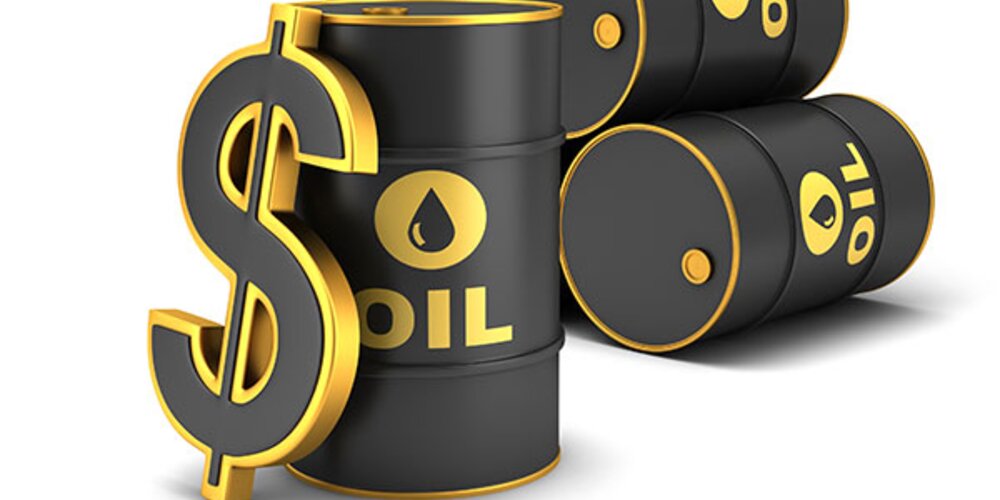Browse our services
Explore how Brookes Bell can help you
Find an expert
Meet our team, find and expert and connect
Contact us
Get in touch, we're here to help

On 24th February Russia launched a military invasion of Ukraine, sparking an immediate surge in oil and gas prices across the world.
Within days, both major oil trading benchmarks had risen to over $110, sparking concern amongst shipping operators, logistics providers and many others who are acutely sensitive to fluctuations in oil prices.
In the run up to the invasion, with American consumers experiencing pain not only at the fuel pumps, but in the aisles, President Biden took the decision to release as many as 180 million barrels of oil from the US’ Strategic Petroleum Reserve (SPR), in order to push West Texas Intermediate (WTI) prices down to below $100 a barrel.
But, in response to the full-scale invasion of Ukraine by Russia, the US then also banned imports of Russian crude and fuels.
Whilst Russian oil only represents about 8% of America’s imports, it’s a sizable enough number to have a detrimental impact on oil and broader energy prices.
With the US also heavily sanctioning Russia’s financial system, making paying for Russian oil a significant headache for the dollar-based global oil trading system, prices spiked further still.
Since then, oil prices have continued to fluctuate in the low $100 range.
According to a report by OilPrice.com, the first 90 million barrels of the 180 million SPR release are expected to hit the market between May and July.
Coupled with additional production from OPEC and a series of coordinated oil releases arranged by the IEA, it is hoped that oil prices can be brought down to a more economically sustainable level.
There is a potential barrier to falling oil prices though; further sanctions on Russia.
Following alleged war crimes by Russian troops last week (w/c 28/03/22), both the US and Europe have announced further sanctions on Russia, which is likely to lead to a much tighter global supply of oil; and therefore, higher oil prices.
That further restrictions are likely to lead to high oil prices becoming the new normal, was reflected in the trading of oil futures this week.
According to a report from Reuters, as of Tuesday 5th April, Brent crude futures rose $1.87 (1.7%) to $109.40 a barrel, whilst US WTI futures were up $1.83 (1.8%) to $105.11 a barrel, suggesting that the additional releases of strategic oil are unlikely to dramatically affect the price of oil anytime soon…
Here at Brookes Bell we are acutely aware of how the cost of fuel can radically affect the profitability of voyages.
As we say, better fuel consumption equals better business.
So, regardless of whether oil prices will stay at above $100 a barrel, or descend to something more sustainable, it makes good business sense to ensure that your vessels are using fuel in the most efficient way.
Our mariner services can help you with exactly that, ensuring that your vessel operations are conducted in such a way as to maximise the value you get from your fuel.
For more maritime and energy industry news and developments, explore the Brookes Bell News and Knowledge Hub…
Could Hemp Rebar Offer a Non-Corroding Alternative to Steel? | Safer Shipping for Container Vessels | Cosco Pushes Battery-Powered Shipping Forward with New Containerships